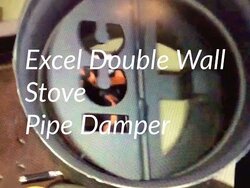This discussion was moved from key damper question thread.
A barometric damper is a whole other animal. Google it to see. Commonly used on furnaces and coal stovesAlready have a damper installed and it was fully closed during the test.
Last edited by a moderator:



